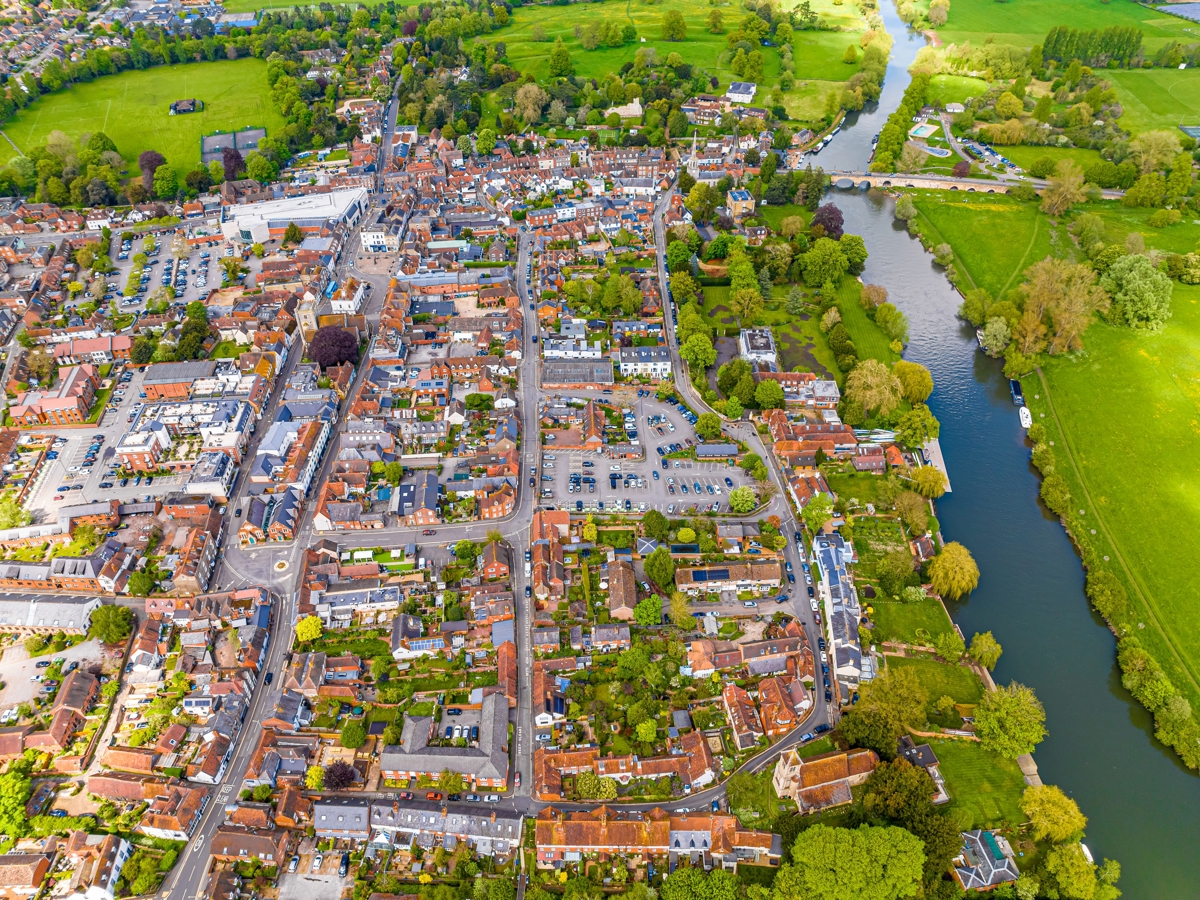MAT governance: the future is local
This research report describes features of successful local governance and explains what we can learn from established MAT structures.

Local governance within multi academy trusts (MATs), or the local tier as we have come to call it, forms the bridge between the trust board and its schools.
According to NGA’s 2021 annual governance survey findings, local governance remains integral to the governance of the vast majority of MATs, yet the full potential of the local tier remains relatively unexplored.
Research overview
This report sets out the features of successful local governance and explores the learning from established MAT governance structures, drawing on NGA’s research and expertise on MAT governance and wider evidence from the sector on the value of the local tier and its barriers and potential future direction.
The report covers:
- lines of accountability and decision making
- local tier identity, roles and names
- the emergence of the community-minded MAT
- equipping and influencing centralised goals
Key findings
The report details the features of successful local governance:
- Two-way communication between the trust board chair and local chairs.
- Separation between each layer of governance.
- Governance professionals support trust-wide governance and facilitate communication.
- An awareness of who is who and how you fit together.
- A meaningful, welcome and accepted role for the local tier in providing support and challenge.
- A local tier formed by local volunteers.
- Clear delegation ensures harmonious working between the layers of governance.
- Trust boards are visible and accountable to the local tier.
- The local tier, namely the chair, has input into the performance management of school heads.
- The trust values and seeks engagement from the local tier in the recruitment of new heads.
- There is a whole-trust governance development plan.
- The trust maintains a clear distinction between accountability through governance and accountability through line management.
- The local tier retains a contribution to school improvement and an awareness of the school’s budget.
Related content
-
Guidance
![training three people at a tablet discussing notes]()
-
Guidance
![people looking at documents and making notes during a meeting]()
-
Research
![vision of the future straight road]()
-
Research
![connecting the dots vision]()
-
Guidance
![planned vision of staff structures]()
-
Research
![]()
-
Guidance
![segregated vision of pawns]()
-
Guidance
![connecting the dots vision]()
-
Research
![arrow vision pointing upwards]()
-
Research
![Decorative]()
-
Research
![tools-resources network of spread out pawns]()
-
Training & development
![vision of a social network]()
-
E-learning
![]()
-
E-learning
![]()
-
E-learning
![]()
-
E-learning
![]()
-
E-learning
![]()
-
E-learning
![]()
-
E-learning
![]()
-
Blog
![a picture of Uk schoolchildren reading outside by a school in summer]()
-
Governing Matters
![]()
-
Blog
![]()
-
News
![]() Updated: 17/12/2024Latest updates
Updated: 17/12/2024Latest updatesNGA Comments on the Publication of the Children’s Wellbeing and Schools Bill
-
Webinar
![]()
-
Webinar
![]() 24/10/202412:30 - 13:15ZoomGoverning board roles
24/10/202412:30 - 13:15ZoomGoverning board rolesNavigating MAT Growth: Opportunities, Risks, and Strategic Decisions for Trust Boards
-
Blog
![]() Updated: 27/09/2024Latest updates
Updated: 27/09/2024Latest updatesEmpowering governors and trustees: NGA at the Labour Party conference
-
Governing Matters
![]()
-
Blog
![]()
-
Blog
![]()
-
Blog
![]()
-
Webinar
![disciplinary meeting at a school]()
-
News
![]()
-
Blog
![school-environment pupil raising hand in class]()
-
News
![]() Updated: 19/09/2023Wellbeing
Updated: 19/09/2023WellbeingNGA comments on its membership of DfEs new teacher and school leader workload reduction taskforce
































